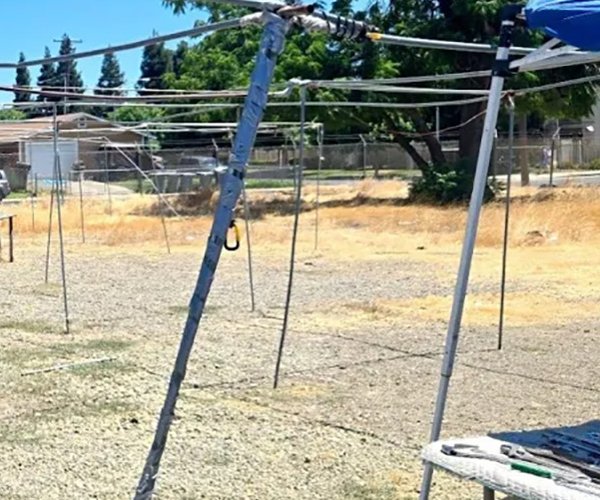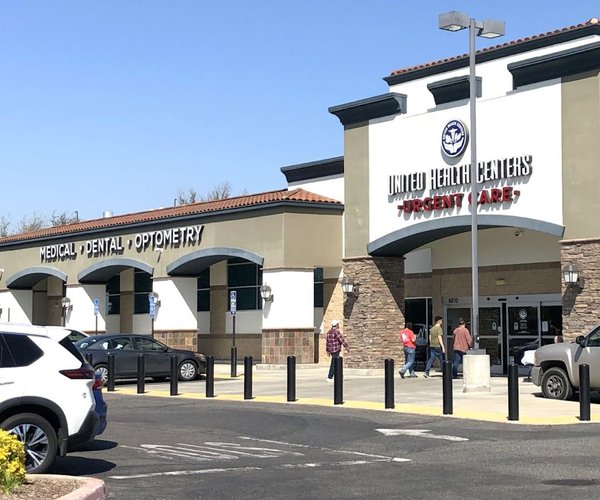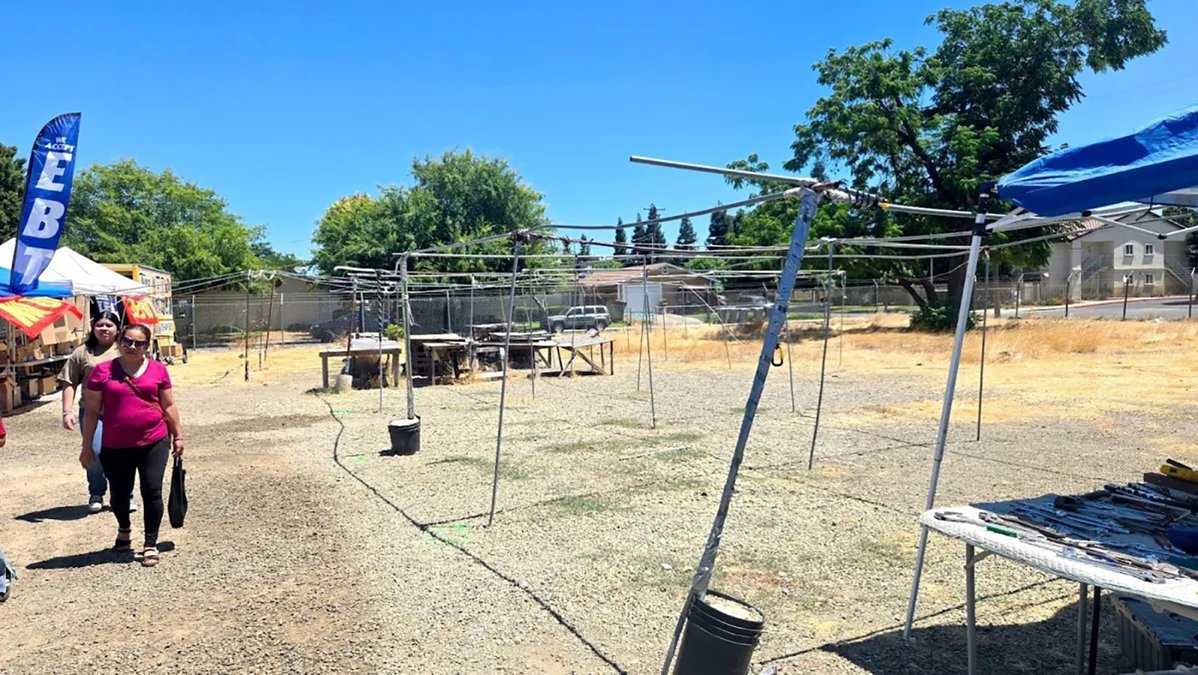California’s historic five-year drought is officially over, washed away with the relentlessly drenching rains, floods and snowstorms of this winter. But just as tougher building codes and better emergency planning follow major earthquakes, the brutally dry years from 2012 to 2016 should encourage conservation efforts to become permanent.
The drought’s legacy includes landmark new laws aimed at limiting farmers from over-pumping groundwater; homeowners removing thousands of suburban lawns; voters approving billions in funding for new reservoirs; and vast expanses of forests dying off across the Sierra Nevada. Overall, the fundamental impacts can be seen in the following key areas:
1) Groundwater: After 100 years of unrestricted pumping, dozens of communities across California, including Turlock, found themselves with precariously dropping water tables as the drought began. A study using NASA satellites in February found the ground in some areas between Merced and Bakersfield dropped as much as two feet as underground aquifers collapsed during the drought, cracking roads, water canals and pipelines.
2) Water wasting: Several rules put into place by the State Water Resources Control Board during the drought will continue forever. They include bans on watering lawns within 48 hours of rain, or washing cars without a shut-off nozzle on the hose. It’s also illegal now to run a fountain that doesn’t recycle water. And the state’s 410 largest cities, water districts and private water companies will have to continue to report every month to the state water board how much water they are using.
3) Lawn removal and conservation: Urban Californians cut water use 22.5 percent between June 2015 and February 2017. Over that time, 2.6 million acre-feet of water was saved — enough to supply more than 13 million people for a year. Water agencies spent hundreds of millions of dollars during the drought giving rebates to people to remove lawn and turfs, install low-flush toilets, efficient washing machines, and various other high efficiency appliances. Those lawns and water-wasting appliances aren’t coming back. Lawns use 50 percent of all urban water during summer months.
5) Environmental harm: Dry creeks and rivers led 18 fish species to crash to near extinction. And the drought killed 102 million trees across the state, most in the Sierra. That could increase fire risk for years to come.
The need for citizens to remain committed to conserving water is still a priority. Even with the above average rainfall and snow that was seen this year, we still aren’t out of the woods yet. It is important that we learn from this drought to be better prepared for the future and the inevitable strain on our water supplies.
For more information on conservation efforts, contact the City of Turlock Municipal Services Department at municipalservices@turlock.ca.us, 209-668-5590 or at www.CityofTurlock.org. Brought to you by the City of Turlock Municipal Services Department.
CONSERVATION TIP #106
City of Turlock website offers customers tools to assist with water conservation: The City’s website offers many user-friendly tools and valuable information to help customers with their own conservation efforts at home. Visit www.cityofturlock.org to check out the following list of resources that are available.









